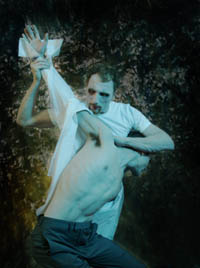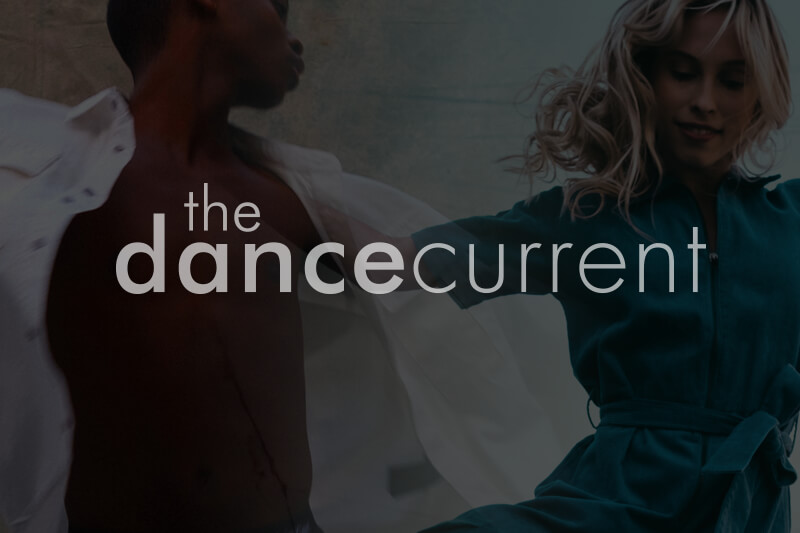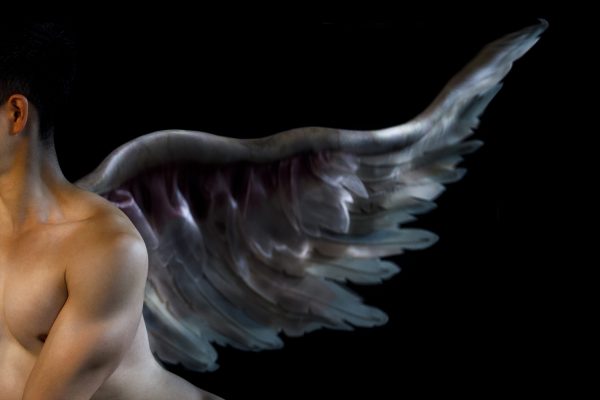Tyler Gledhill trained at Canada’s National Ballet School, the Pacific Northwest Ballet School and the Dutch National Ballet Academy. He began his career in The Netherlands, dancing for Introdans, followed by The Göteborg Ballet and Cullberg Ballet in Sweden. Now a freelance performer in Toronto, Gledhill dances onstage and in film. He is a regular collaborator with Citadel + Compagnie, Opera Atelier, Stacey Tookey’s Still Motion Dance and The Dietrich Group, to name a few.
~
The Dance Current How did you get into dancing in operas?
Tyler Gledhill Always wanted to work in Europe. I knew that there was more support for the arts over there. People love going to the theatre because it’s part of the larger culture. When I was there, I saw students in university going to the theatre on their own. People just want to go see theatre because it’s what they know. I really studied up on companies there, and there were a lot I wanted to dance for.
Then, after six years I got a little … I just never felt settled there. I retired for a year. I was burnt out. I moved back to Toronto and I reconnected with the community here. A friend, Jennifer Nichols, was teaching a class at a gym, ballet bootcamp. I thought, ‘I’ll go and check it out.’ She owns a commercial dance company, Hit & Run Dance Productions, who she’s a co-founder of with my longtime friend Anisa Tejpar. They started hiring me to do commercial gigs. I’ve been dancing for them ever since, since 2008.
How was it different from other experiences? Did you need other skills?
TG Well, most of my career has been in contemporary dance, and that’s always what I wanted to do. I never thought that I would do anything in the classical realm. Baroque dancing, which is traditionally the kind of dance paired with opera, takes strong classical technique. I didn’t plan on it happening. I just sort of fell into it. It was interesting to learn about the style and technique.
What’s interesting for me in working with the opera company is working with live music. When dancing with recorded music, there’s less opportunity to collaborate with musicians. Being onstage with singers, you get to interact with people who aren’t dancers.
For the most part, the director figures out the staging. But there has been a little bit of an opportunity to collaborate. There have been certain scenes where the director has asked my input for certain kinds of movements. He’s asked me to lift singers before. When the storyline calls for it, there are partnering kinds of things we do to interact with the singers, sharing weight and things like that.
What are rehearsals like?
TG It’s interesting. I’ve noticed that the biggest difference between working in an opera as opposed to a dance production is that in the independent dance scene you can take a break whenever. But the union is so strong for opera performers. They have mandated breaks, and the musicians have different regulations in their union. The break schedules can get complicated.
~
This interview has been edited for brevity and clarity.
Did you enjoy this article? Subscribing to The Dance Current helps support bold and inclusive coverage of dance in Canada.
Tagged: On the Ground, Opera, ON , Toronto





